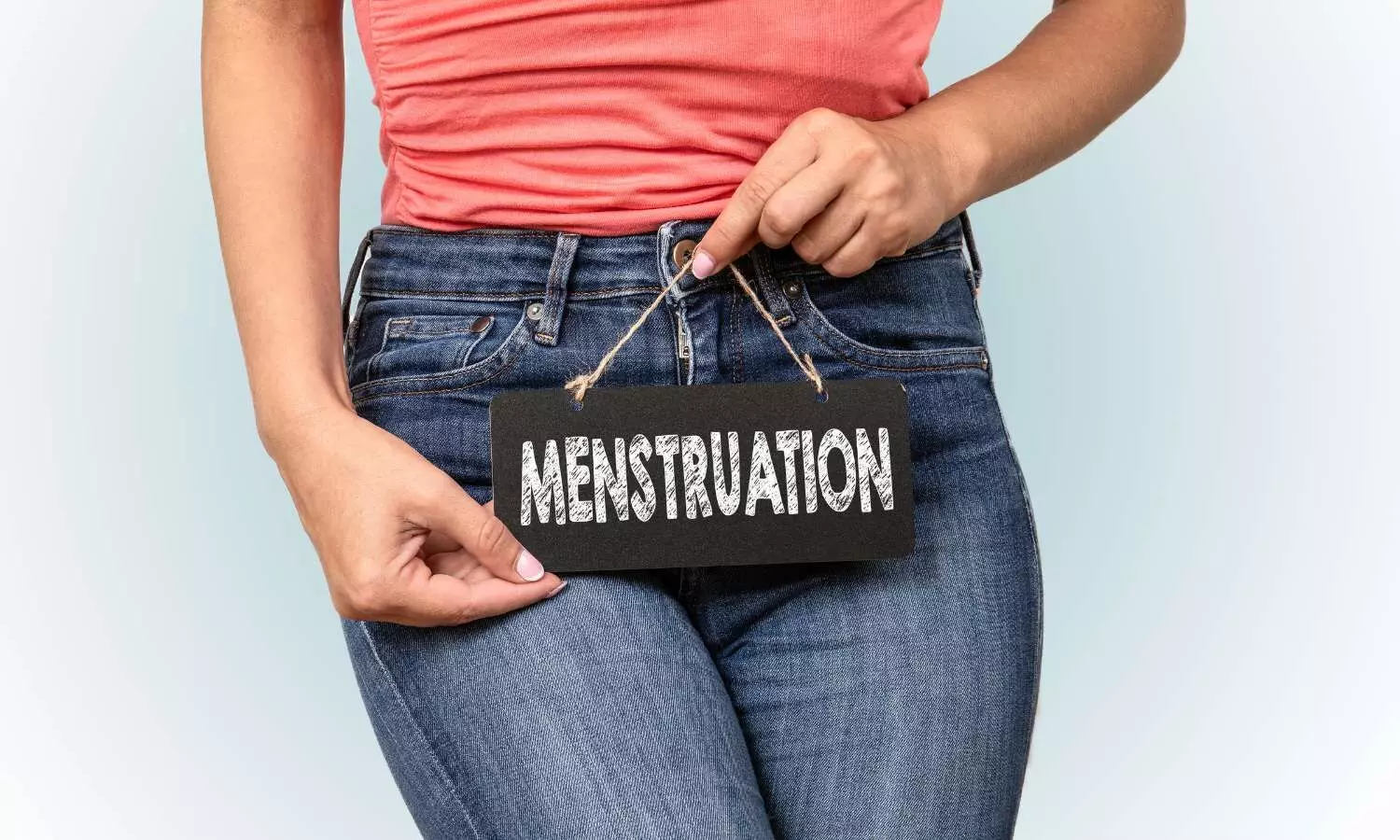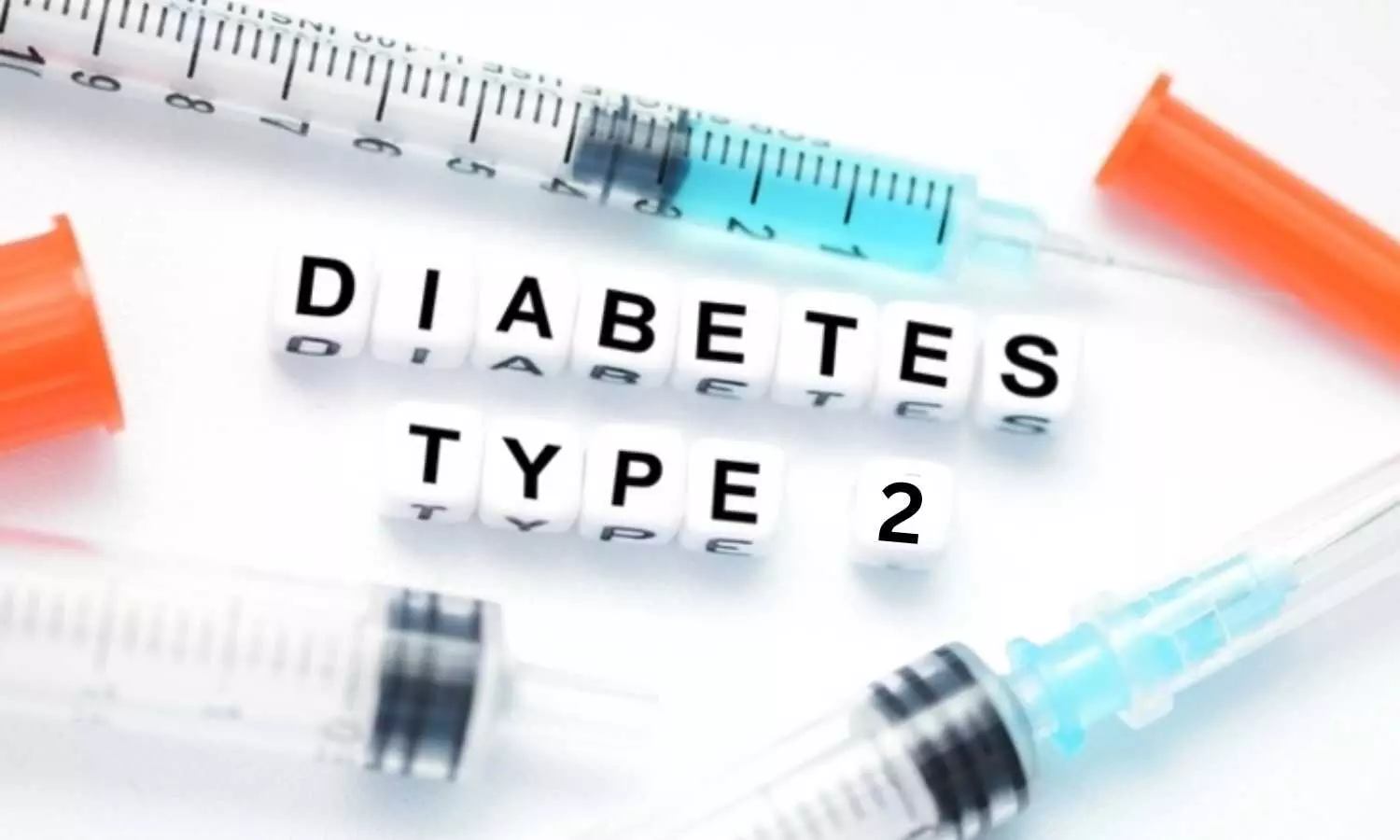- Home
- Medical news & Guidelines
- Anesthesiology
- Cardiology and CTVS
- Critical Care
- Dentistry
- Dermatology
- Diabetes and Endocrinology
- ENT
- Gastroenterology
- Medicine
- Nephrology
- Neurology
- Obstretics-Gynaecology
- Oncology
- Ophthalmology
- Orthopaedics
- Pediatrics-Neonatology
- Psychiatry
- Pulmonology
- Radiology
- Surgery
- Urology
- Laboratory Medicine
- Diet
- Nursing
- Paramedical
- Physiotherapy
- Health news
- Fact Check
- Bone Health Fact Check
- Brain Health Fact Check
- Cancer Related Fact Check
- Child Care Fact Check
- Dental and oral health fact check
- Diabetes and metabolic health fact check
- Diet and Nutrition Fact Check
- Eye and ENT Care Fact Check
- Fitness fact check
- Gut health fact check
- Heart health fact check
- Kidney health fact check
- Medical education fact check
- Men's health fact check
- Respiratory fact check
- Skin and hair care fact check
- Vaccine and Immunization fact check
- Women's health fact check
- AYUSH
- State News
- Andaman and Nicobar Islands
- Andhra Pradesh
- Arunachal Pradesh
- Assam
- Bihar
- Chandigarh
- Chattisgarh
- Dadra and Nagar Haveli
- Daman and Diu
- Delhi
- Goa
- Gujarat
- Haryana
- Himachal Pradesh
- Jammu & Kashmir
- Jharkhand
- Karnataka
- Kerala
- Ladakh
- Lakshadweep
- Madhya Pradesh
- Maharashtra
- Manipur
- Meghalaya
- Mizoram
- Nagaland
- Odisha
- Puducherry
- Punjab
- Rajasthan
- Sikkim
- Tamil Nadu
- Telangana
- Tripura
- Uttar Pradesh
- Uttrakhand
- West Bengal
- Medical Education
- Industry
HbA1C strongly predicts risk of developing T2D in Overweight adolescents JAMA

A recent retrospective cohort study conducted within a large California healthcare system has unveiled crucial insights into the escalating risk of type 2 diabetes (T2D) among adolescents grappling with overweight and obesity. The study, spanning from January 1, 2010, to December 31, 2019, scrutinized data from 74,552 adolescents aged 10 to 17, shedding light on the correlation between hemoglobin A1c (HbA1c) levels and T2D risk. The study found that T2D risk increased substantially in overweight and obese adolescents whose baseline HbA1c was above 6.0% and the risk also varied on various factors.
The study results were published in the journal JAMA Network Open.
Over the past two decades, the surge in childhood obesity has paralleled an alarming rise in prediabetes and type 2 diabetes (T2D) among adolescents. The American Diabetes Association recommends screening at-risk adolescents based on BMI and additional factors, with HbA1c assessment proving practical and effective. Published findings reveal a significant increase in prediabetes among adolescents facing overweight and obesity, prompting an urgent need for tailored prevention strategies. Hence researchers conducted a study to assess T2D risk by examining HbA1c levels among this vulnerable demographic.
This cohort study, analyzed data from January 1, 2010, to December 31, 2019, within a large California healthcare
system, focused on adolescents aged 10 to 17 years with BMI at or above the 85th percentile. Baseline HbA1c, BMI categories, and various covariates were examined for incident T2D outcomes using Cox proportional hazard regression analyses.
Findings:
- Over the follow-up period, encompassing data abstraction and analyses from January 1, 2020, to November 16, 2023, 698 adolescents (0.9%) developed diabetes, with 626 (89.7%) specifically diagnosed with T2D.
- The overall T2D incidence stood at 2.1 per 1000 person-years, and the 5-year cumulative incidence was 1.0%.
- One of the standout findings was the substantial association between baseline HbA1c levels and the heightened risk of T2D.
- Adolescents with HbA1c levels above 6.0% experienced a remarkable increase in T2D risk.
- The 5-year cumulative incidence ranged from 0.3% to 28.5%, with each incremental increase in HbA1c correlating with a greater risk of T2D.
- Notably, the hazard ratio for the highest HbA1c category was an astonishing 71.9 (95% CI, 51.1-101.1), emphasizing the profound impact of elevated HbA1c on diabetes risk.
- Additional risk factors included the higher BMI category, older age, and female sex.
- The study identified the Asian or Pacific Islander race as an independent indicator of increased T2D risk.
- In contrast, Black race or Hispanic ethnicity did not exhibit a significant difference compared with White race.
- Stratified analyses underscored that the incremental risk associated with higher HbA1c was more pronounced for Asian or Pacific Islander and White adolescents than for their Black and Hispanic counterparts.
The study's findings hold substantial implications for public health, emphasizing the need for nuanced diabetes surveillance strategies tailored to the distinctive risk factors prevalent in different demographic subgroups. By identifying high-risk individuals based on HbA1c levels, BMI, age, sex, and race/ethnicity, targeted preventive interventions can be implemented, presenting a crucial step forward in the battle against the rising tide of diabetes among adolescents grappling with overweight and obesity. As this groundbreaking research paves the way for more focused and personalized approaches to diabetes prevention, it marks a significant milestone in the ongoing efforts to safeguard the health of our youth.
Further reading: Hoe FM, Darbinian JA, Greenspan LC, Lo JC. Hemoglobin A1c and Type 2 Diabetes Incidence Among Adolescents With Overweight and Obesity. JAMA Netw Open. 2024;7(1):e2351322. doi:10.1001/jamanetworkopen.2023.51322
BDS, MDS
Dr.Niharika Harsha B (BDS,MDS) completed her BDS from Govt Dental College, Hyderabad and MDS from Dr.NTR University of health sciences(Now Kaloji Rao University). She has 4 years of private dental practice and worked for 2 years as Consultant Oral Radiologist at a Dental Imaging Centre in Hyderabad. She worked as Research Assistant and scientific writer in the development of Oral Anti cancer screening device with her seniors. She has a deep intriguing wish in writing highly engaging, captivating and informative medical content for a wider audience. She can be contacted at editorial@medicaldialogues.in.
Dr Kamal Kant Kohli-MBBS, DTCD- a chest specialist with more than 30 years of practice and a flair for writing clinical articles, Dr Kamal Kant Kohli joined Medical Dialogues as a Chief Editor of Medical News. Besides writing articles, as an editor, he proofreads and verifies all the medical content published on Medical Dialogues including those coming from journals, studies,medical conferences,guidelines etc. Email: drkohli@medicaldialogues.in. Contact no. 011-43720751




